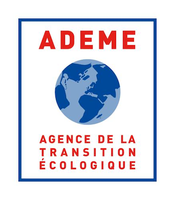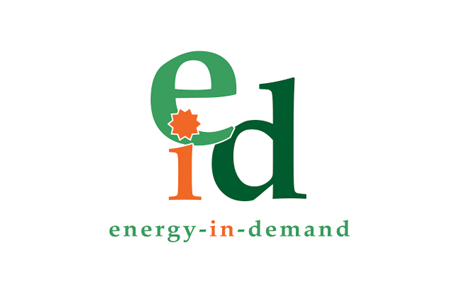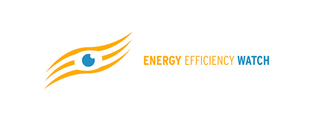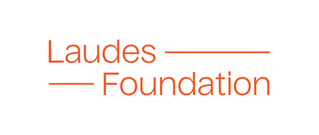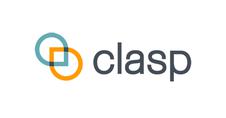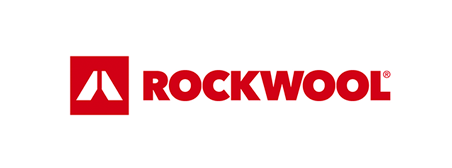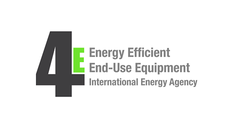Search eceee proceedings
Leveraging non-energy impacts to ensure equitable benefits of energy efficiency
Panel: 4. Monitoring and evaluation for a wise, just and inclusive transition
Authors:
Kira Ashby, Consortium for Energy Efficiency, USA
Arlene Lanciani, Consortium for Energy Efficiency
Jayne Piepenburg, Consortium for Energy Efficiency
Abstract
Utilities in the U.S. and Canada are increasingly prioritizing more equitably serving their customers with energy efficiency programs. These efforts include a renewed focus on historically underserved audiences such as income eligible, low-English proficient, and indigenous energy users. A binational group of utilities has joined forces to collectively analyze how non-energy impacts (NEIs) can help achieve equity objectives. This abstract details early findings from the collaborative work underway across these organizations to ensure that NEIs are more fully accounted for in valuing energy efficiency programs. This work began in 2021 at the Consortium for Energy Efficiency (CEE), a consortium of utilities whose 70+ members direct approximately 70 percent of the $9.2 USD billion dollar energy efficiency industry in the U.S. and Canada.
Administrators of energy efficiency programs increasingly recognize the importance from an equality standpoint of ensuring that all customers have easy access to the value of their energy efficiency programs. The challenge is that many underserved customer groups often use little energy, and it can be expensive to reach these energy users, making it difficult for utilities to achieve significant energy savings from these programs. Better quantifying and valuing NEIs is key to fuller engagement of underserved audiences, given that programs serving these customers may otherwise fail the cost-effectiveness tests common in U.S. and Canadian programs. In addition, underserved customers may be more motivated to participate in utility programs if they perceive benefits beyond energy savings, in areas that may be of higher priority to them. Yet quantifying NEIs is often difficult and expensive. Energy efficiency program administrators have begun collaborating to better understand approaches to quantifying and valuing NEIs in the U.S. and Canada. This collaboration will include an assessment of which NEIs may most benefit program equity.
To better understand energy efficiency program administrator priorities and approaches to quantifying NEIs as related to equity in the U.S. and Canada, CEE conducted a survey among these program administrators and also held a series of discussions to seek input from North American utility staff on these topics. Overall, CEE led 6 roundtables between June 2021 and April 2022, which included participation from 37 utilities in the U.S. and 5 utilities in Canada.
In total, 19 program administrators responded to the survey. Questions focused on which NEIs were of highest priority to better understand and quantify, and also sought input on how these topics could most effectively be addressed collaboratively. Though these are preliminary data, three NEIs rose to the top. The first NEI of high interest was economic benefits to underserved groups, such as low-income energy users, with 16 of 19 respondents asserting this was a priority or high priority. Environmental impact-related NEIs (such as outdoor air quality or conservation improvements) were also highly valued, with 15 out of 19 respondents identifying this as either a priority or high priority. Finally, health and safety related outcomes (such as improved indoor air quality and improved living conditions) were mentioned by 14 of the 19 respondents as priority or high priority. Despite the small sample size, this initial data provides an early glimpse into U.S. and Canadian priorities for how better accounting for NEIs to fully value programs may go hand-in-hand with equity objectives.
Downloads
Download this display as pdf: 4-233-22_Ashby_display.pdf
Panels of
1. Dynamics of consumption: less is more?
2. Efficiency and beyond: innovative energy demand policies
3. Policy, finance and governance
4. Monitoring and evaluation for a wise, just and inclusive transition
5. Towards sustainable and resilient communities
6. Energy-efficient and low-carbon mobility for all
7. Policies and programmes for better buildings
8. Innovations in products, systems and building technologies







